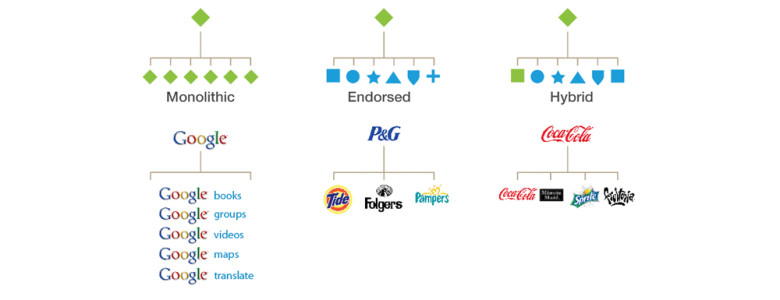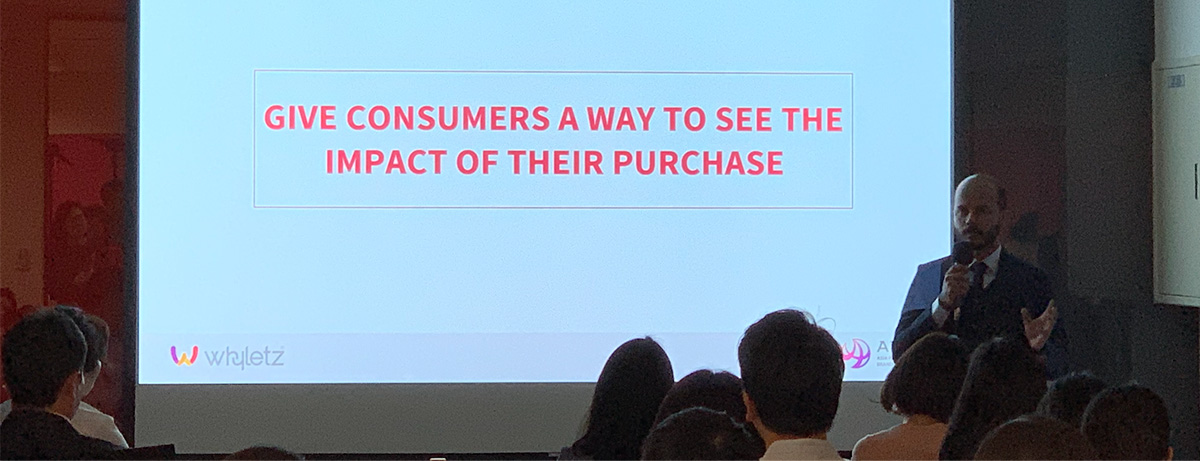
What is Brand Architecture?
Brand Architecture refers to the logical, strategic and relational structure for brands. It is defined as an integrated process of brand building through establishing brand relationships among branding options in the competitive environment.
What is the role of Brand Architecture?
Brands play a huge role in our lives. Some of us work for one of them. Some of us are them. We even know the smallest and latest brand extensions when it comes to a prestigious parent brand. Just like Toyota owns Lexus and Nissan has Infiniti, there exists different types of Brand Architecture in this world that facilitates understanding the brand better.
Monolithic Brand Architecture
In this approach, there is a unique brand name that serves the purpose. It will be associated with all the brand extensions. The brand name here has the major role to play, as it is the one that attracts customers, adds value and drives buying decisions. A monolithic brand architecture capitalizes on deep, established customer loyalty—its target audience cares less about product features or benefits than they do about the brand promise they know and love. The perfect example could be FedEx. FedEx Kinko’s provide different services when compared the parent brand. But shares its credibility by carrying the FedEx factor in it.
Endorsed Brand Architecture
This is exactly the opposite of what we just read above. Here the product names play the key role. The parent brand or company doesn’t make a big impact. Brands or products are independently known for their value and drives purchases. The synergy between them is often mutually beneficial, as well. Examples for Endorsed Brand Architecture include General Motors and Procter & Gamble. Everyone talks about Chevrolet and Opel as different brands. They would even choose Vauxhall over Opel, even though all these brands are under General Motors.
Hybrid Brand Architecture
This is a combination of both. In this context, brand extensions may or may not be given separate identities. They could also be associated with the parent brand depending on the situation. It enables companies to have independent strategies for various brands, and at the same time they could also leverage on the equity of the master brand when required. A good example could be Toyota, Lexus and Scion brands.
These three are the common structures employed in Brand Architecture. When deciding on a structure to be considered, it is essential that it has to be aligned with the organization’s strategy.
Regardless of your company’s size, effective brand architecture can enable you to:
- Segment your messaging and services so that each of your target audiences hears what they want to hear and gets precisely what they’re looking for.
- By establishing an intuitive brand architecture, you set the stage to easily add products or services as your brand grows. Your brand becomes a modular entity primed for the addition of new sub-brands. Bolster confidence among stakeholders in the strategic direction of your brand.
- A brand with well-defined brand architecture is a brand that’s thinking about future growth. And future-minded brands are a reassuring sign for investors and employees alike.
- When divisions or sub-brands are clearly delineated, customers can understand their unique value propositions. Plus, a customer of one sub-brand is more easily converted to a customer of another sub-brand than a cold customer with no history.
The upshot of all of the benefits above is the most valuable asset for any company: brand equity. Growing your brand equity gives you compound returns as industry authority and marketplace valuation grow with it.





